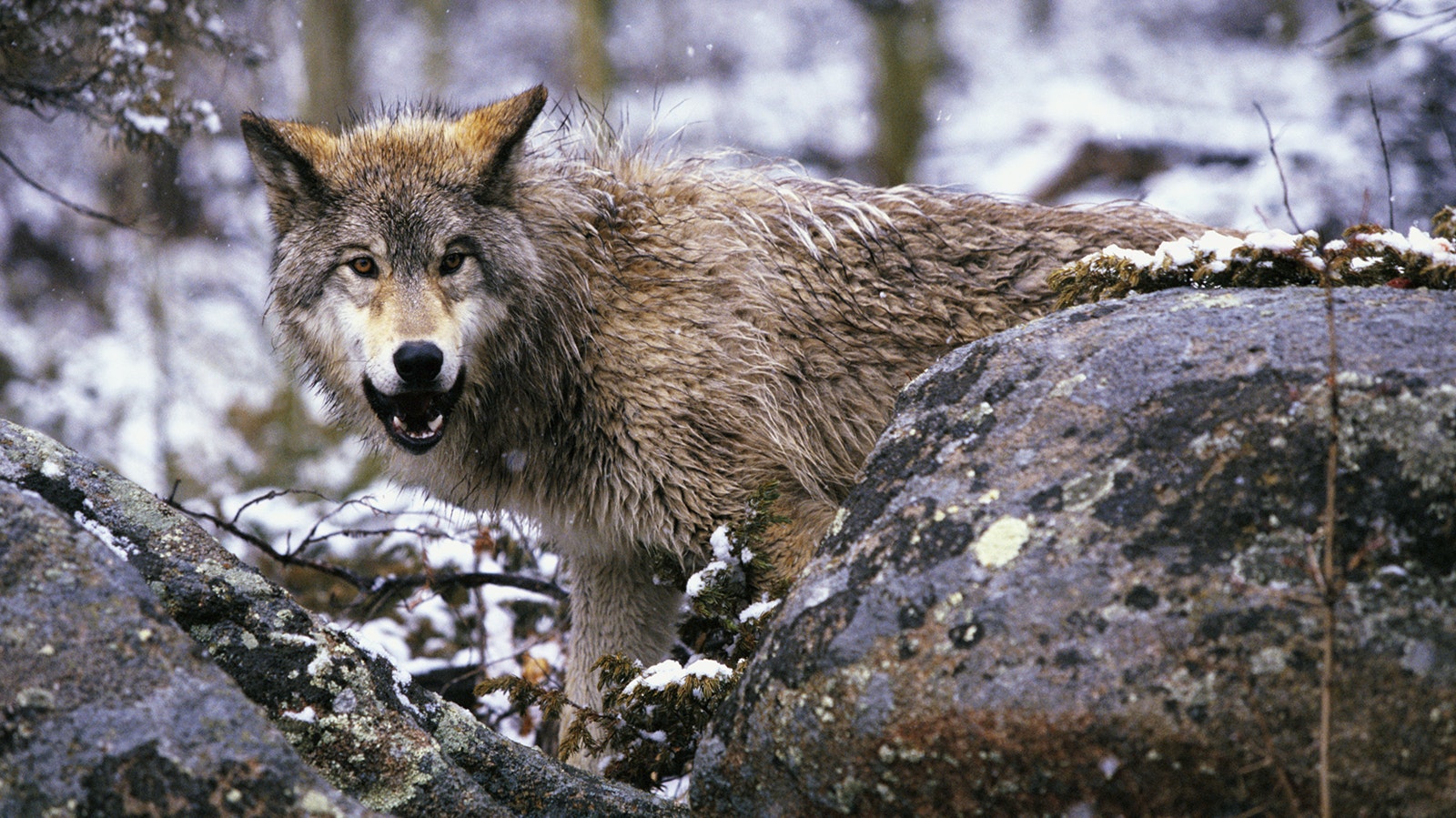Colorado Rancher Dave Gittleson said he knows what’s coming as his state gears up for wolf reintroduction this year.
So does Kristina Guyler, who also ranches in Colorado near the Wyoming border.
Yet the pair presented conflicting views as they offered testimony during a marathon 6.5-hour hearing in Denver on Wednesday about wolf reintroduction in the Cowboy State’s southern neighbor.
The hearing was hosted by the Colorado Parks and Wildlife Division, and many of the comments centered on the possible “Phase 4” of that state’s wolf reintroduction plan, which could allow wolf hunts much like those offered in Wyoming.
Colorado’s long-term wolf management plan is still in its early stages and as yet doesn’t include wolf hunts, Parks and Wildlife Spokesman Joey Livingston told Cowboy State Daily.
Different Ranchers, Different Views
“I’ve been dealing with your current wolves,” Gittleson said, adding that people with viewpoints from all sides of the debate over the predators have visited his family’s ranch near the territory of Colorado’s North Park pack.
“One thing we can all agree on, these are incredibly intelligent animals, which is exactly why nonlethal control doesn’t work,” he added. “They found their way around everything we could throw at them. And it usually takes about two months, max. If we were to use every nonlethal method we’ve been given – one after another – we would not make it a year.”
But Guyler gave a different perspective.
She emigrated from Europe, where her family farmed ranched for generations, and has continued ranching since becoming a U.S. citizen.
She said she’s seen nonlethal predator deterrents work on both sides of the pond.
“Every livestock loss was our fault,” she said. “We had to do it better.”
It was almost never necessary to kill predators on her family’s land in an area of Europe “where there are 2,500 wolves and 5,000 brown bears in a population in an area half the size of Colorado with 19 million people,” she said.
Some Balk At Idea Of Wolf Hunts
The Rocky Mountain Elk Foundation recently released a statement supporting wolf hunts as part of Colorado’s plan.
Eventually allowing wolf hunts there will keep Colorado’s big game populations viable and help reduce conflicts with ranchers, RMEF claims.
Some at the hearing echoed those sentiments.
Arguments over wolves, particularly on social media, have been driven primarily by those on the “loud fringes,” said Lewis Wertz, a spokesman for the Western Landowners Alliance.
What Colorado needs is a plan and solutions that are practical and not “ideological,” he said.
“Those solutions are available. They are in the plan that is before you,” he said.
Others balked at the idea of wolves ever being hunted in Colorado.
“I never want to see my state follow the lead of Idaho, Montana and Wyoming,” said Lorianne Willingham, who works at the Colorado Wolf and Wildlife Center. “A state where wolves are no longer protected is a state that I no longer want to be a resident of.”
Barely Squeaked By
Colorado already has one established and currently protected wolf pack in the North Park area. It is thought to have started with a male and female wolf that migrated separately from Wyoming a few years ago, then met and mated in Colorado.
Those were the first wolves to be confirmed in Colorado in about 70 years.
Under its current reintroduction plan, about 50 more wolves will be released in Colorado by the end of this year.
Coloradans voted to have wolves returned, but only barely. Proposition 114 calls for the reintroduction. It passed Nov. 3, 2020, by a vote of 50.91 % to 49.09%.
It Will Happen In Phases
The reintroduction plan will keep Colorado’s wolves under Endangered Species protection during “Phase 1,” Livingston said.
“Phase 2” will kick in with Endangered Species protection being lifted once at least 50 wolves are confirmed for at least four years, he added. However, wolves would still be considered “threatened.”
“Threatened” status would be lifted – but public hunting would still be forbidden – during “Phase 3”, or once there are at least 150 wolves for two years or “200 individuals with no time constraints,” Livingston said.
“Phase 4,” which could allow wolf hunting, “is still beyond the scope of the draft plan,” so the number of wolves it would take for that to kick in hasn’t been determined, he said.





